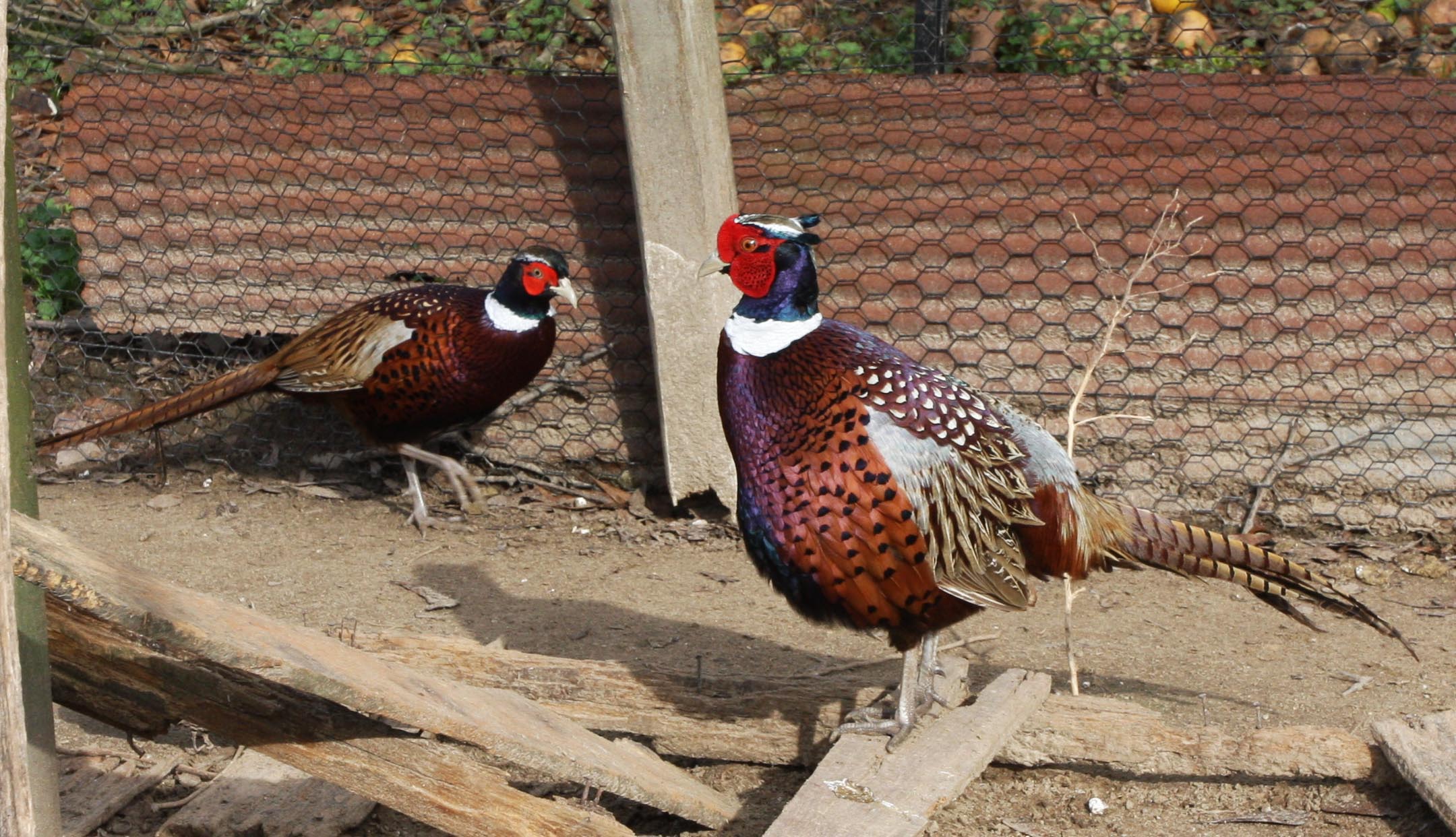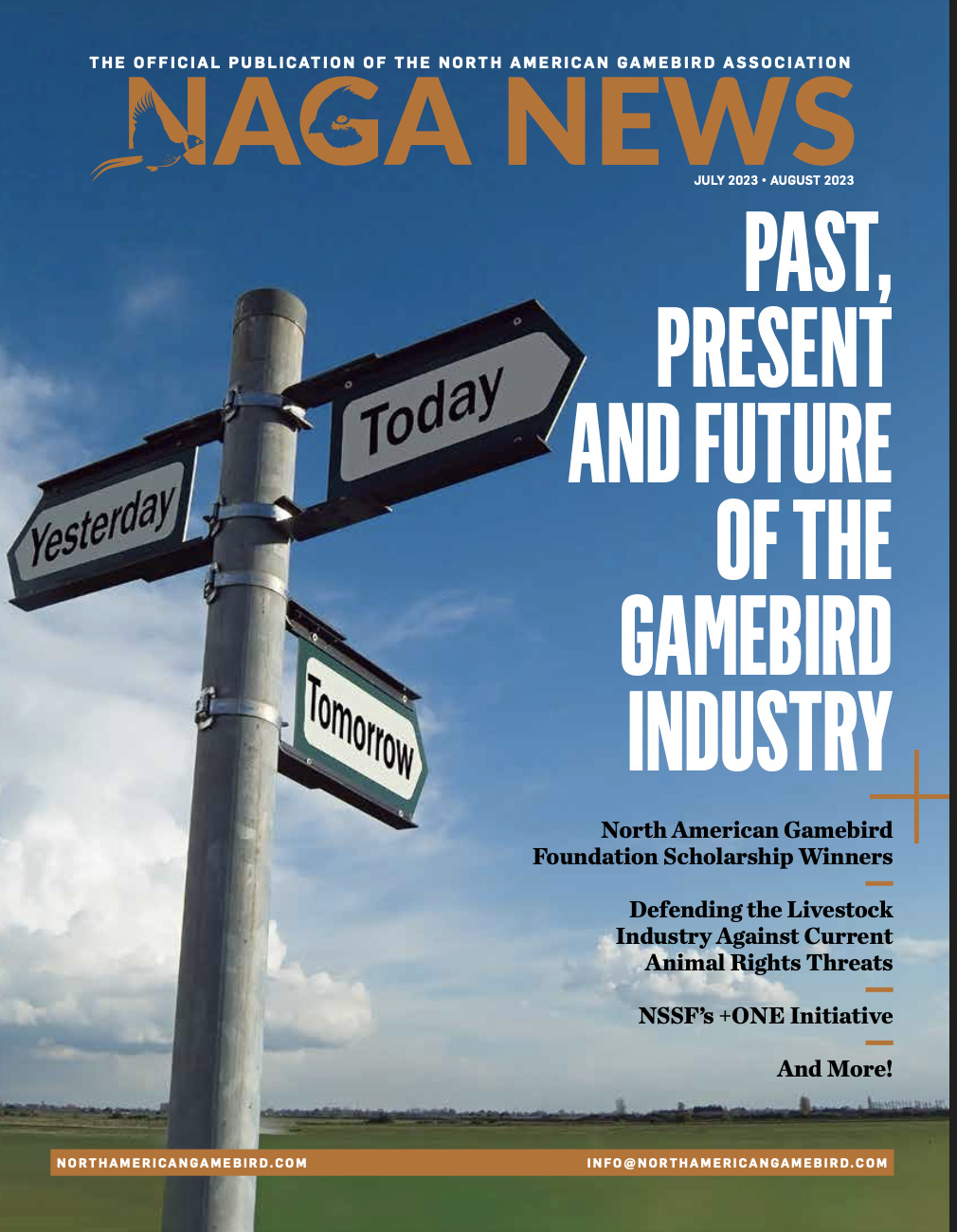 The January 2017 implementation of Veterinary Feed Directive regulations administered by the U.S. Food and Drug Administration (FDA) brought changes for livestock farmers including gamebird producers.
The January 2017 implementation of Veterinary Feed Directive regulations administered by the U.S. Food and Drug Administration (FDA) brought changes for livestock farmers including gamebird producers.
Among the changes, VFD-designated drugs could no longer be used for enhanced growth or feed efficiency, or purchased over the counter.
Besides changing the way many drugs are used, the new rules also require veterinarians to issue VFDs within the context of a veterinarian-client-patient relationship (VCPR). Veterinarians are required to follow state-defined VCPR requirements. In states where the FDA determines that no appropriate VCPR requirements exist, veterinarians must follow federal guidelines.
In general, key elements of a VCPR include that the veterinarian engage with the client (producer) to assume responsibility for making clinical judgments about patient (gamebird) health, have sufficient knowledge of the patient by virtue of examination and/or visits to the farm, and provide necessary follow-up evaluation or care.
Connecting with a veterinarian familiar with gamebirds may seem like an intimidating prospect, but it’s worth the effort—especially if done in advance.
“Don’t wait for a crisis to figure out how VFD regulations affect your farm, or try to find a vet who can help you,” warns NAGA President and longtime gamebird producer Fuzzy Stock. “Build that relationship ahead of time.”
Dr. Jill Nezworski of Blue House Veterinary in Buffalo Lake, Minnesota, agrees. “If you take the time to find a veterinarian you can work with, and establish the VCPR ahead of time, you can often get medicine for your birds the same day you call in,” she says. “If not, you’re scrambling trying to get someone who’s knowledgeable enough to help you out to the farm in time to save your birds.”
Nezworski, who specializes in poultry, advises careful research when selecting a vet. “A veterinarian who knows poultry is going to be more effective helping you than someone who’s not,” she says. “Finding them can take time, but it’s worth it. Phone calls, Google searches and visits with other producers are part of the process. Medication suppliers are also good sources of information, since they’re familiar with veterinarians writing scripts for their products.”
Once a veterinarian is located, establishing a relationship is relatively straightforward. “Most states require a minimum of one site visit per year,” she says. “Other interactions can be done on the phone or via email.” As a result, veterinarians need not be located a few miles down the road to be of assistance. “Many vets are licensed in multiple states and serve wide areas,” she says. “I work with clients in Kansas, for example.”
That being said, Nezworski still advocates for thorough site visits. “Being on the farm is extremely helpful,” she says. “An experienced veterinarian can help with so many aspects of poultry and gamebird production, from biosecurity and effective water sanitation to the types of disinfectants you’re using. Here, too, is where having someone familiar with the industry can provide producers extra value.”
Note: To aid customers in connecting with avian veterinarians, NAGA Sponsor Member Metzer Farms has collected the names of many avian vets in the U.S. and Canada. To view that list, CLICK HERE.


